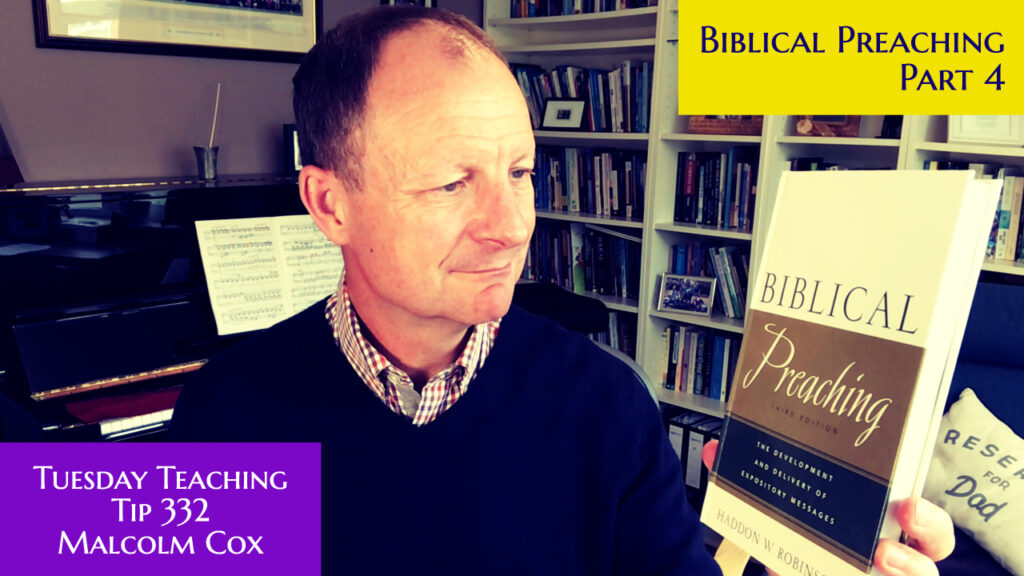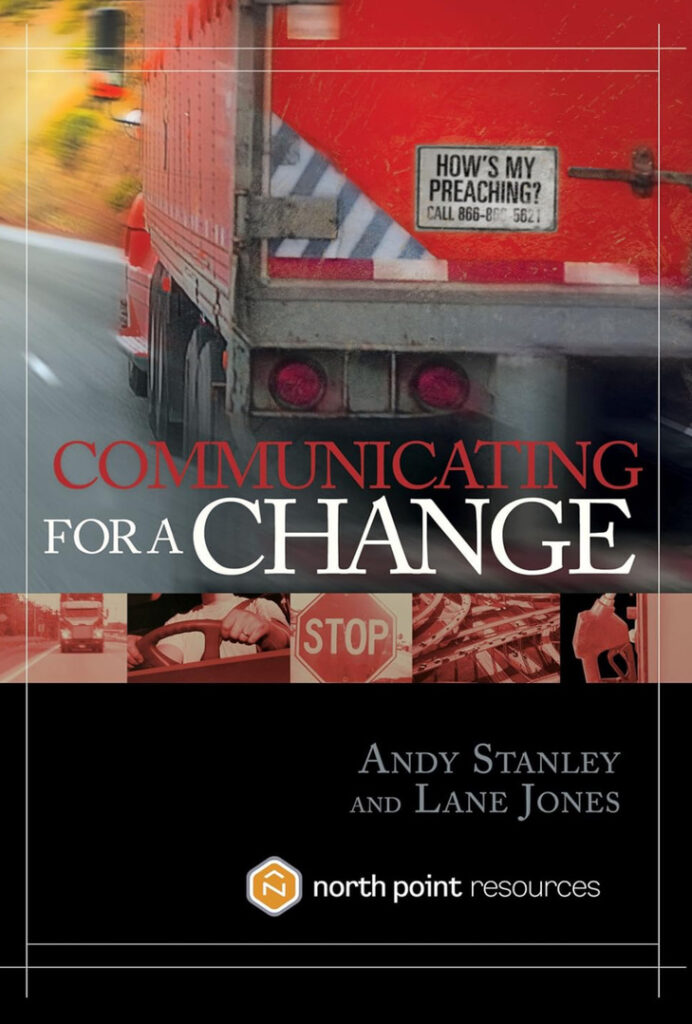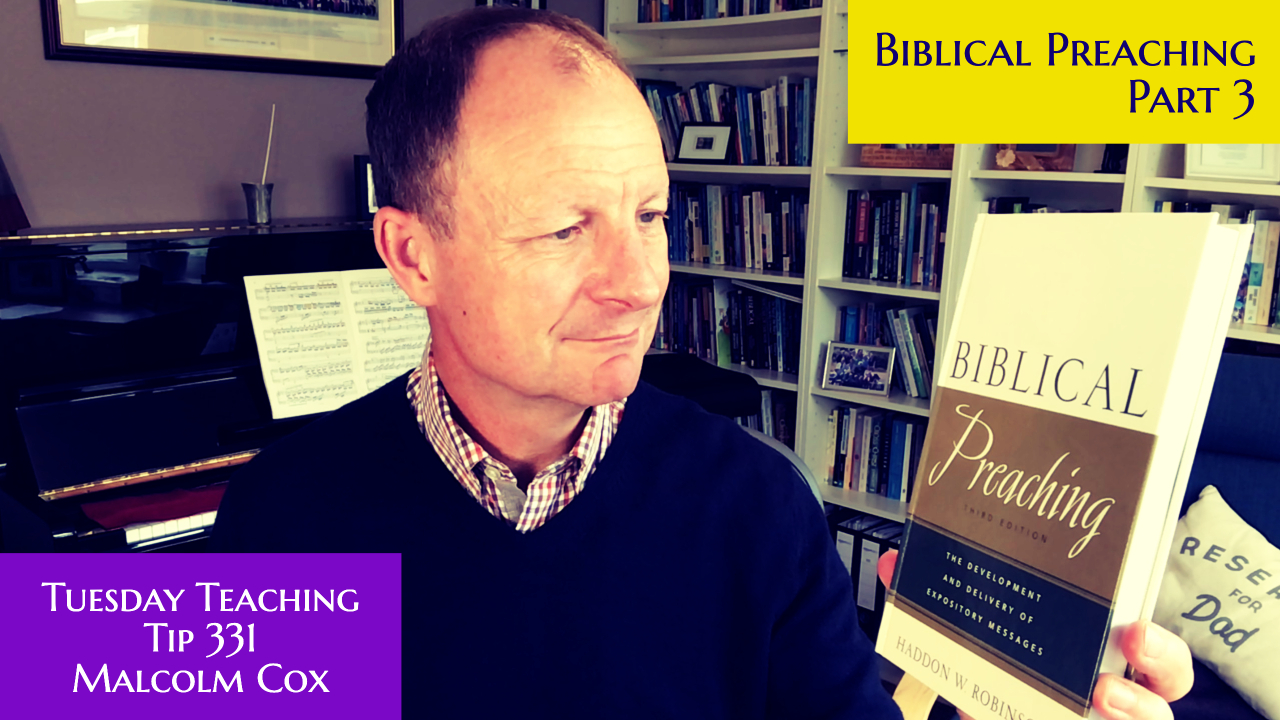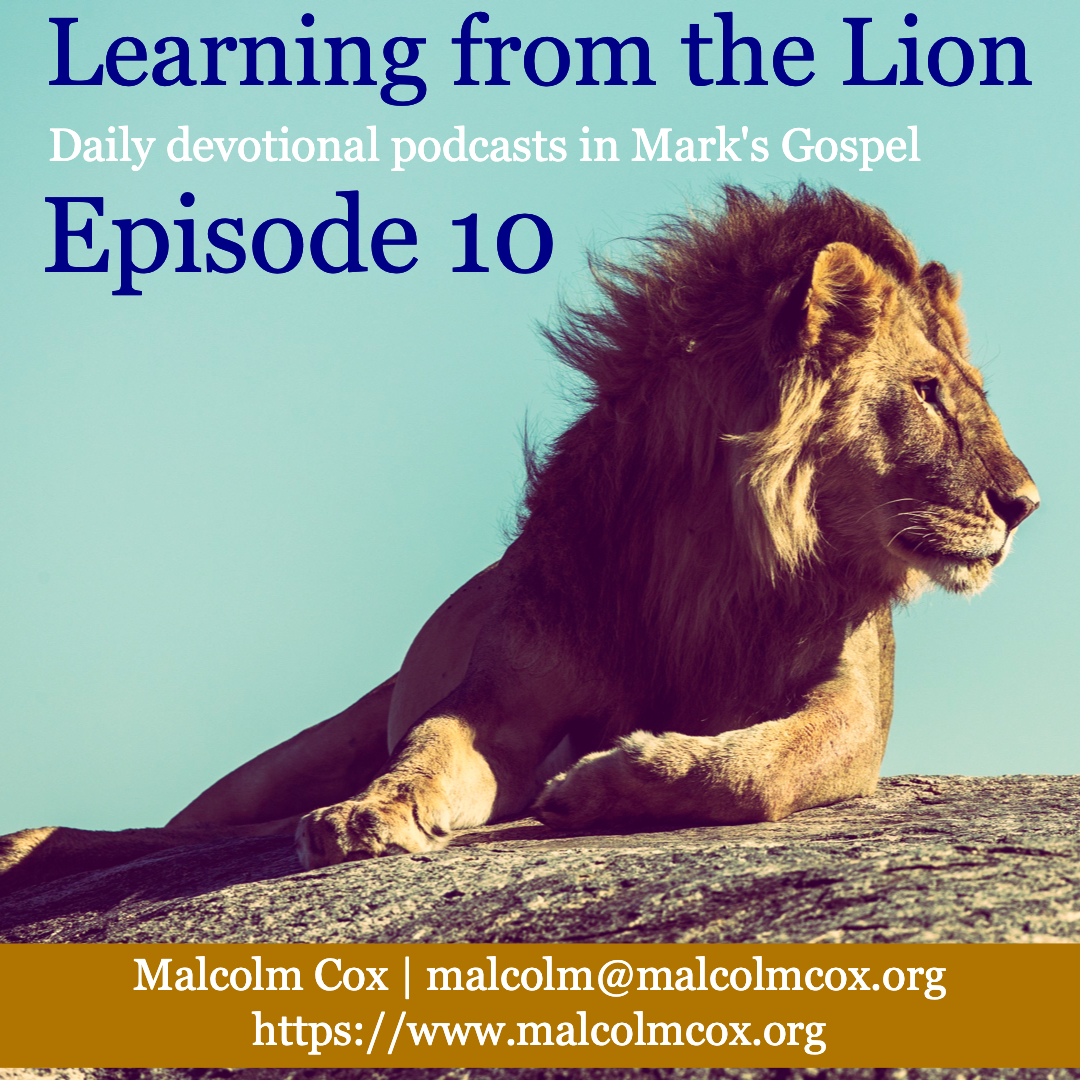
Today we look at the fourth chapter: The road from text to sermon
Point to consider
At this point we have achieved something significant. We have clarified what we believe the text is saying. We can state it in one sentence. We are confident we have the big idea of the passage. However, this a good sermon does not make. There are further steps to take before the text can become a sermon. Before ideas can live.
First we ask what it means today, in our culture, in our world. Then we ask what it means in our local world — the world of our congregation, our listeners. Part of the job of a preacher is to bring all these worlds together. The biblical world, the world at large today, and the world of our faith community.
The key to doing this well is asking questions, and asking the right questions. As usual, chapter 4 of the book has far more information than we can cover today. I will restrict myself to asking three questions: What does it mean? Is it true? What difference does it make?
Taking the parable of the two sons in Luke 15 as an example (see episode, TTT330), we can ask those three questions based on this one sentence summary of the point of the parable:
“Father God wants the ‘sinner’ and the ‘righteous’ at his heavenly banquet.” By the way, I’m only going to sketch out some ideas here. This would make a great exercise to do for this passage or the next passage you choose to preach.
- What does it mean? This question is all about explanation. In order to answer this, I need to also ask myself what my congregation will assume when I state the summary sentence. Will they be thinking the same thing as me when I say ‘sinner’, and ‘righteous’? What does the heavenly banquet mean to them? If this sentence and the parable are to be helpful to those listening, they will need at least some explanation of these terms. It is all too easy to get stuck in technical terms and jargon. Explain who father God is, who the sen is and who the righteous are and what the heavenly banquet is, and you will be partway to creating a clear and compelling message.
- Is it true? With a gospel passage, one of the best ways to answer this question is to look at how Jesus lived. He sat and ate with both sinners and the righteous. The sinners were excited about it — if a little embarrassed at times — while the righteous tended to be sceptical of him and downright annoyed when he mixed them together with sinners. However, it cannot be denied that the way Jesus treated people was inclusive of both those regarded as soon as, and those who were regarded, or regarded themselves as righteous. Therefore, this statement is true. Connected to this question is whether our listeners believe it. Is it true and their minds is just as important as whether it is true and yours. In fact, the truth in the Bible is no use to anyone unless people believe it. Part of your job is a Preacher is to so illuminate this truth that they will see that it is true and trust it.
- What difference does it make? This is the answer to the person who may well question you with, “so what?“. Now that I understand it, and I trust it is true, what next? Applying God’s truth should be straightforward, also we tend to think. But it is not as simple as it sometimes appears to be. For example, now you need to help your audience to make some decisions. Imagine someone sitting there. What might they be asking themselves? Am I a ‘sinner’? Am I one of the so-called righteous? What would it look like for me to return from the pigpen? What would motivate me to come into the party even though I am an aggrieved son? What barriers exist preventing me from taking healthy action, and what will help me overcome them? How might I imitate father God (and Jesus) by welcoming the sinner and the righteous? What vision do I have of the heavenly banquet and how does that motivate my behaviour and my desire to bring out the sinners and righteous people into that banquet? I am sure you can imagine many further questions. Your job as a preacher is to pick two or three of the big ones that you believe apply to your congregation, and find potential application for them.
Summary of chapter 4 contents
- Submit your exegetical idea to 3 developmental questions
- We explain it: “What does this mean”
- We prove it: “Is it true?”
- We apply it: “What difference does it make?”
- Further questions to help us discover the authors theological purpose
- Further questions to help us apply God’s word to our contemporary audience
- Questions to help us test the accuracy of the application
- Conclusion: Four questions to ask of a passage
- What is the vision of God in this particular text?
- Where precisely do I find that in the passage?
- What is the function of this vision of God?
- What is the significance of that picture of God for me and for others?
By the way, the questions I have explored today somewhat parallel Andy Stanley’s helpful questions to shape a sermon conclusion (you can find them in his book, Communicating for a Change.) Paraphrased they are, 1. What difference will it make to my life if I put this into practice?; 2. What difference will it make to our church if we put this into practice?; 3. What difference will it make to the world if we put this into practice?
Consider joining AIM UK&Ireland to develop your understanding of Scripture: https://aimukandireland.com/. Our current module is Homiletics (the preparation and delivery of lessons).
Contact us here with enquiries: courses@aimukandireland.com
The website can be found here: https://aimukandireland.com
Please add your comments on this week’s topic. We learn best when we learn in community.
Do you have a question about teaching the Bible? Is it theological, technical, or practical? Send me your questions or suggestions. Here’s the email: malcolm@malcolmcox.org.
If you’d like a copy of my free eBook on spiritual disciplines, “How God grows His people”, sign up at my website: http://www.malcolmcox.org.
Please pass the link on, subscribe, and leave a review.
Remember to keep calm, and carry on teaching.
God bless, Malcolm





